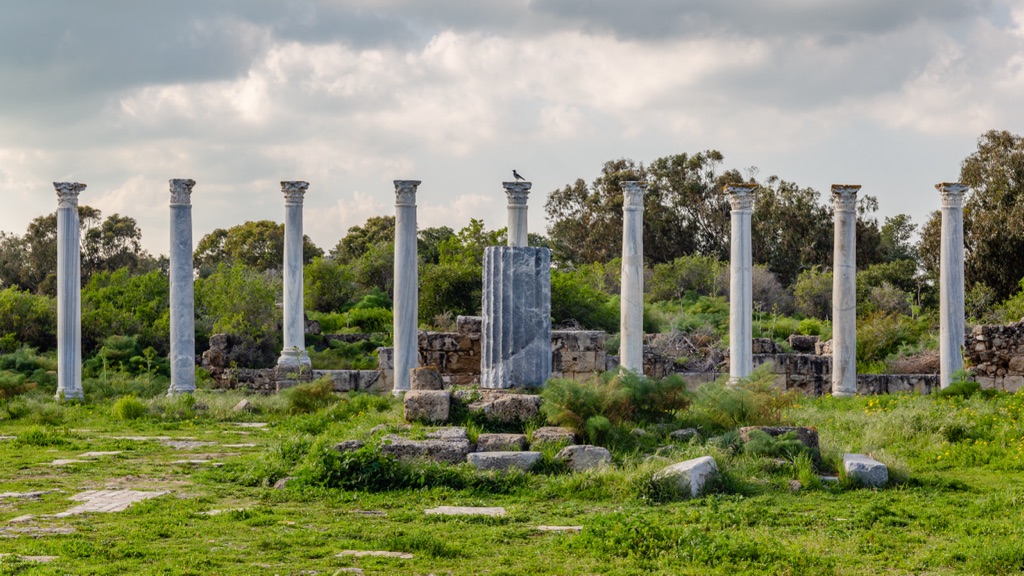Salamis is an ancient city-state on the east coast of Cyprus, known for its significant archaeological and historical importance. The city played a pivotal role in the region’s history, with its origins tracing back to the 11th century BC. It became a major maritime and commercial center in the ancient world, especially during the classical and Hellenistic periods. Salamis is also renowned for the Battle of Salamis, a decisive naval battle in 480 BC during the Greco-Persian Wars, although this battle took place off the coast of Greece, not Cyprus. The city’s ruins, including the Gymnasium, the Temple of Zeus, and the Royal Tombs, offer a glimpse into its past grandeur and are a testament to its historical significance.
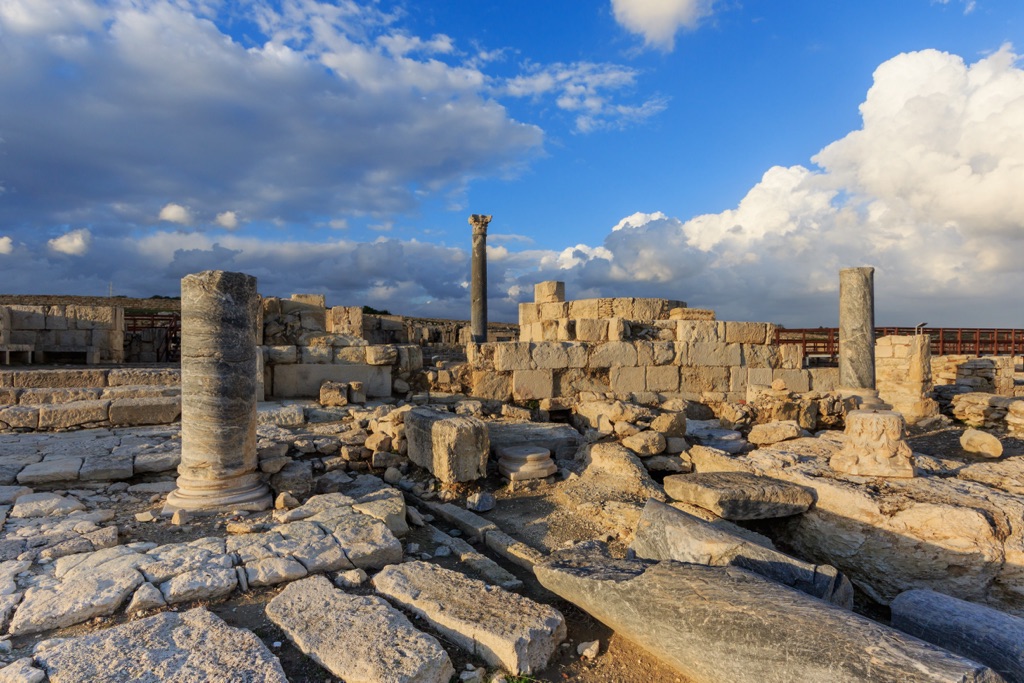
Kourion
Kourion, an ancient city on the southwestern coast of Cyprus, stands as a remarkable testament to the island’s rich history. This archaeological site, with its impressive Greco-Roman ruins, offers a window into the past, showcasing a civilization that thrived for centuries. The city’s remains include a well-preserved theatre, stately villas with intricate mosaics, and public baths, all telling the story of a once-prosperous urban center. Kourion’s strategic coastal position made it a significant player in the region’s trade and politics, leaving behind a legacy that continues to fascinate historians and tourists alike.
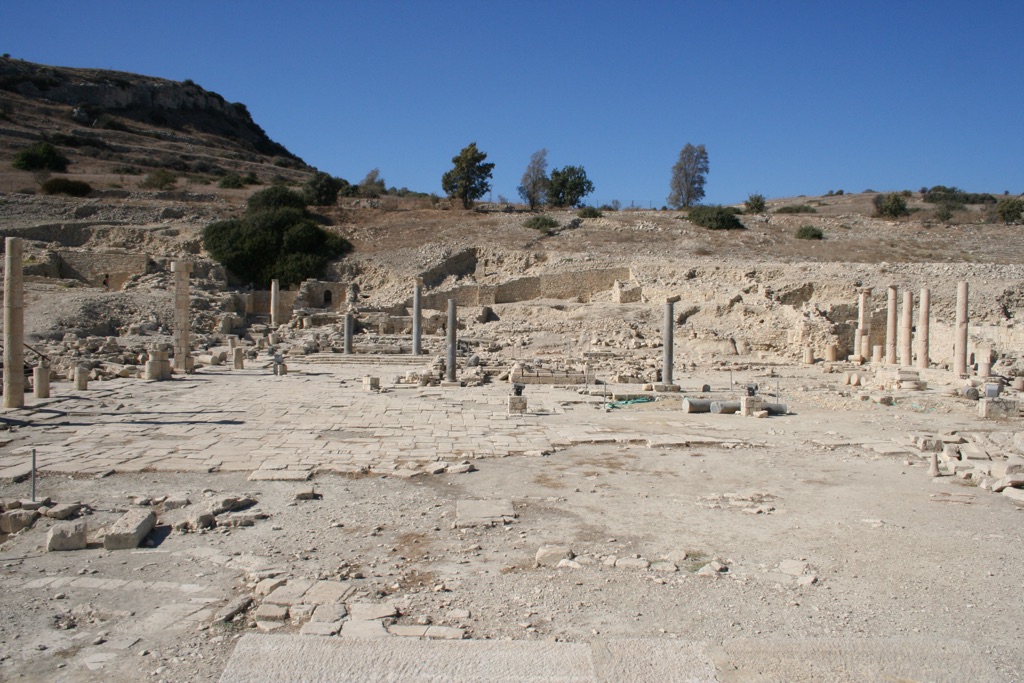
Amathous archaeological site
The Amathous archaeological site is a captivating historical treasure located on the southern coast of Cyprus. It boasts a rich tapestry of history, having been one of the ancient city-kingdoms of the island. The site reveals layers of civilization, from the Greeks to the Romans, and even evidence of earlier Bronze Age settlements. Amathous is renowned for its impressive ruins, which include the Acropolis, the Agora, and the Temple of Aphrodite, offering invaluable insights into the ancient world.
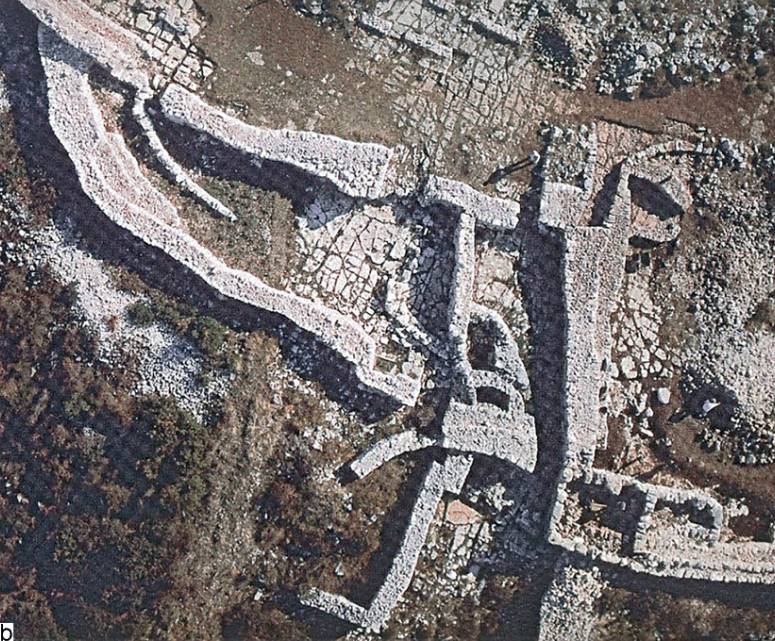
Monkodonja
Monkodonja is a hill fort settlement that dates back to the Bronze Age, located near Rovinj in Croatia. It stands as a significant prehistoric site that provides insight into the early urbanization in the Adriatic region. The settlement was strategically positioned and fortified with massive walls, suggesting a well-organized community with advanced social structures. Monkodonja offers a glimpse into the life of the ancient people who thrived in the area between 1800 and 1200 BC.
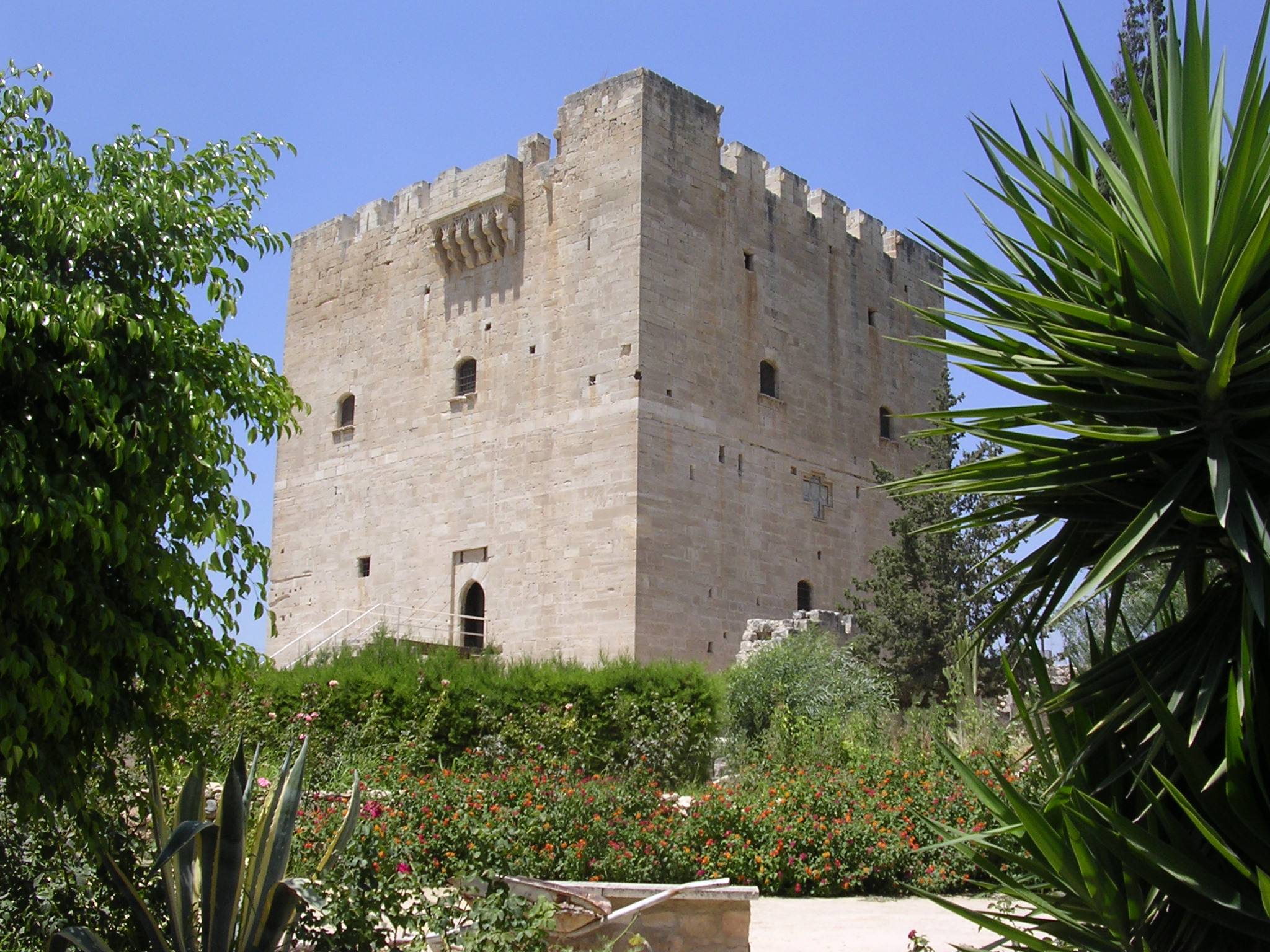
Kolossi Castle
Kolossi Castle is a former Crusader stronghold on the southwestern edge of Kolossi village in Cyprus. This stone-built fortress stands as a monument to the military, economic, and agricultural history of the island. It was an important command post for the Knights of the Order of St. John of Jerusalem, serving as a strategic center for sugar production, one of the island’s main exports during the medieval period. The castle’s current form dates back to the 15th century, although its origins are older, with initial construction attributed to the 13th century.
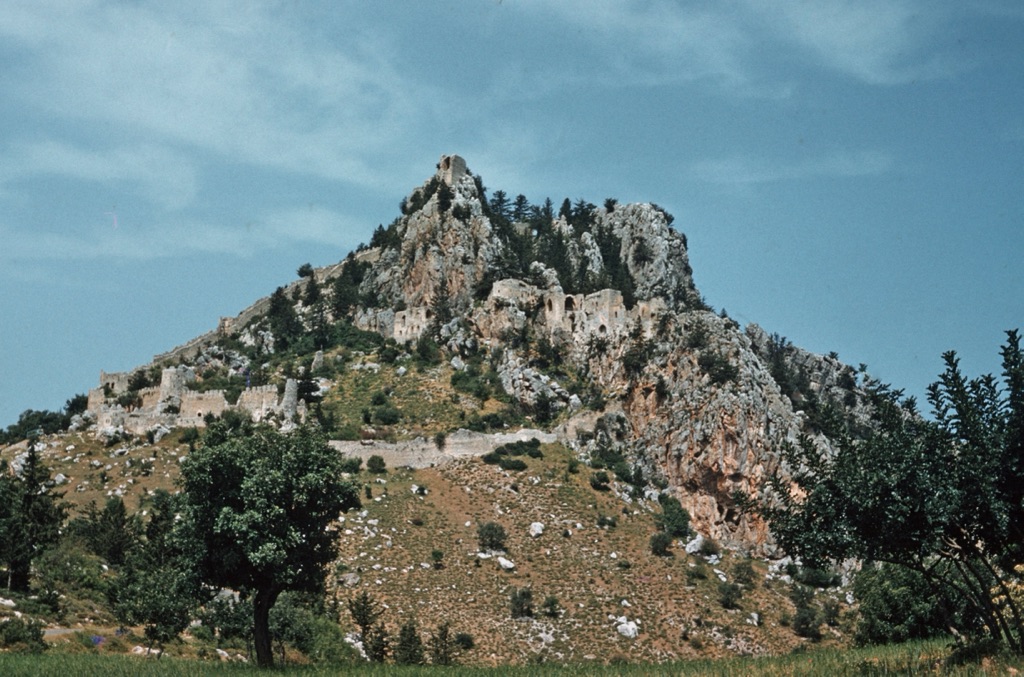
St. Hilarion Castle
Perched atop the Kyrenia mountain range, St. Hilarion Castle is a stunning example of medieval fortification in Northern Cyprus. Its strategic position provided a panoramic view of the island, making it a key defensive stronghold. The castle’s origins date back to the 10th century, and it was named after a monk who allegedly chose the site for his hermitage. Over the centuries, St. Hilarion Castle has been a Byzantine fortress, a royal palace, and an inspiration for fairy tale castles. Its ruins today attract visitors from around the world, eager to explore its history and enjoy its breathtaking views.

